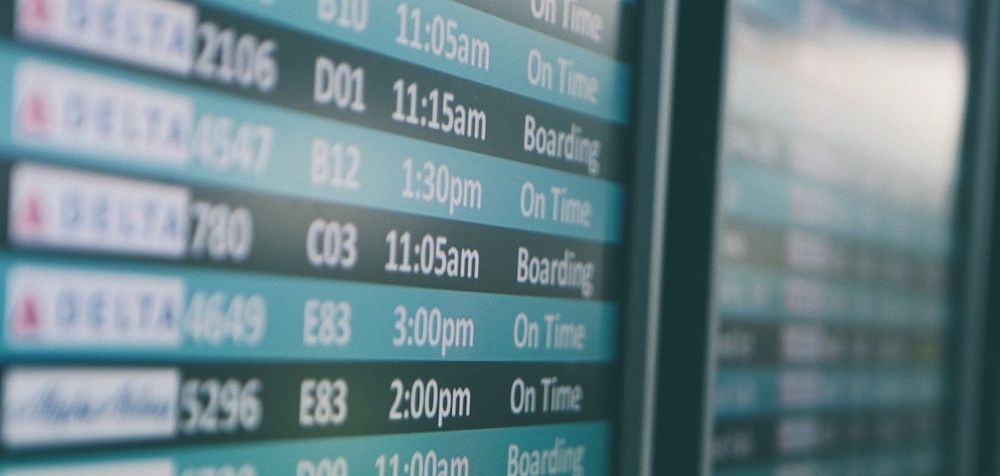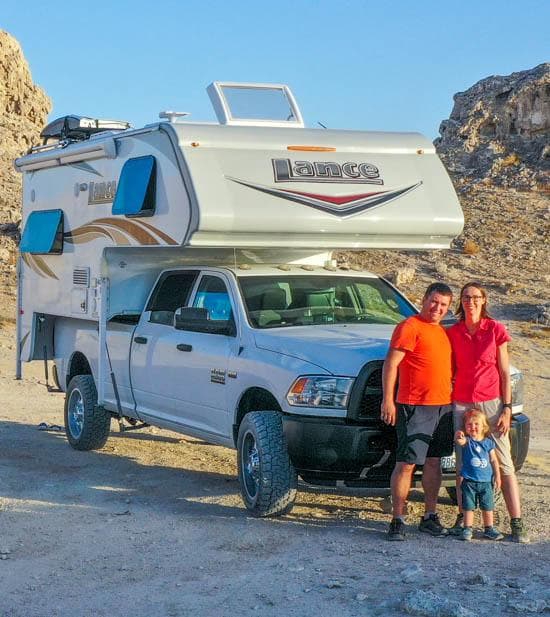
The jetlag or jetlag, a real enemy of our long-distance journeys, haunts our first nights and days in unknown terrain. Often, when the days are numbered, jetlag is synonymous with stress or simply the first missed days. But don't worry, there are techniques and methods to adapt quickly to jet lag and enjoy your first few days in complete peace of mind!
We have just returned from Hawaii, which is located on the other side of the planet with a maximum jetlag of 12 hours. You might as well say that we were apprehensive the first night even though we used to travel. And yet, our methods have paid off! In both directions, we didn't suffer the jetlag so much feared! Here are our tips and tricks for a well-managed shift.
Summary
1Tip 1: Choose your flight schedule carefully
Our first trick is to choose a flight that will help you get the most out of your flight. For example, a flight arriving in the morning will usually be frightening, as it will force you to sleep well in the plane to attack a new day. And most of the time, you don't sleep very well in an airplane... Even if the cabin atmosphere is conducive to a nap, it's difficult to sleep in a deep night unless you're lucky enough to travel in business or first class.
Ideally, prefer a flight that arrives in the evening, for large jetlags or in the middle of the afternoon for intermediate destinations.
The goal is twofold. Already you won't waste a day wandering zombie way, which is never pleasant! Finally, if you arrive tired enough in the evening, you will have a better chance of falling asleep and getting your first day off to a good start.

2Tip 2: Calculate your sleep periods
Synchronize your watches! Before you leave, think about the best way to get out of the way. Don't wait until you've arrived to think about it, it'll be too late.
For example, if you arrive at night, you will have to be tired enough to fall asleep. To do this, try to postpone your night so that you stay awake several hours before landing. On the other hand, if you arrive in the morning, you must absolutely sleep just before arriving.
If you get off the plane at midday, choose to wake up depending on your fatigue. If you're in good shape, and you're sure to last until the evening, it's fine, but if you're not, don't hesitate to sleep until you get there, it'll help you to recharge the batteries properly.
If you fly west, your day will be longer, so plan to sleep for a few hours during your flight, even if you're not tired and it's daylight all the way through the flight. Conversely, the night will arrive faster in the east and your day will be shorter. To do this, think of getting up early in the morning if you have only a few hours of delay. For the biggest trips, it's up to you to decide the best option to take!
3Tip 3: Don't fight against fatigue
The mistake is to force yourself not to sleep. For having tried this method several times, I never found it effective. On the one hand because it is very unpleasant, on the other hand because the lack of sleep does not make up for it, and so we start a tired journey, which is not a good idea.
If you're tired, sleep! Wake up to avoid the temptation of a full night's sleep. Better to fall asleep for an hour than to arrive with red eyes.

4Tip 4: Favour short naps
A nap will be a lot more restorative than a forced night! It's better to take several small naps during your trip than to force you to sleep 8 hours in a row by forcing yourself (which probably won't work). If you are not tired, do some quiet activities to help you sleep. Avoid exciters like caffeine and relax. Take advantage of the digestion to start a nap.
If you are tired but need to avoid sleeping, let yourself fall into Morphée's arms for a couple of hours just enough to boost yourself. For the big time differences, don't hesitate to take several naps throughout the day to keep fit, but in order to accumulate tiredness to fall asleep when you arrive.
5Tip 5: Anticipating jet lag

This last advice is one of the most effective! Get your body used to your future life schedule. 1-2 days before, try to go to bed a little earlier or later. This will start to gently pick up the fold.
But above all, use your last night to start getting up, especially if your flight is in the morning.
On D-Day, get up at the time that will allow you to arrive in the state you want. If you fly west, get up sooner, and to the east, do as much as you can to get asleep in the morning!
An example
Hawaii, "/- 12 hours: We started 2 days before going to bed gradually earlier. Two hours, then four hours. So we've narrowed our gap to 8:00. On D-Day, as we had gone to bed earlier, we woke up earlier, precisely at 2 o' clock in the morning. So we were able to sleep a few hours on the plane, enough to put us in a good mood for our 4 hours of stopovers in Los Angeles.
During the last flight, we slept for 3 hours, facing accumulated fatigue. Enough to allow us to be fit enough to get to the hotel once we arrive in Honolulu (at 11pm local time), and just enough to collapse from fatigue when we arrive. As a result, we were able to sleep 6 hours in a row and be in great shape the next morning!

In the table above, we show you in blue the periods during which we slept to shift us well. Paris time is on the front line, Hawaii time in the second. The periods of our flights are indicated in yellow.
What are your tips for managing jet lag?
We are Sandrine and Flo, French thirty-somethings. In 2019 we quit everything to live our dream, become nomads and travel around the world. We left with our baby, Lena, who was only 5 months old at the time. After a first trip around the Pacific Ocean by plane and a long 3 months stay in Hawaii, we left to discover Iceland for 3 months on board our 4WD pickup truck and truck camper. Then we continued our adventure in North America.

Today, if we can continue this adventure, it is above all thanks to our blog, Smartrippers! We created it one day in 2016, with the desire to share our good travel tips, without thinking that it would lead us there! We have developed it a lot over the years and have become experts on our 3 favorite destinations: Hawaii, Iceland and the American West. We now guide you to these destinations to help you plan the trip of your dreams!
Follow our adventures!